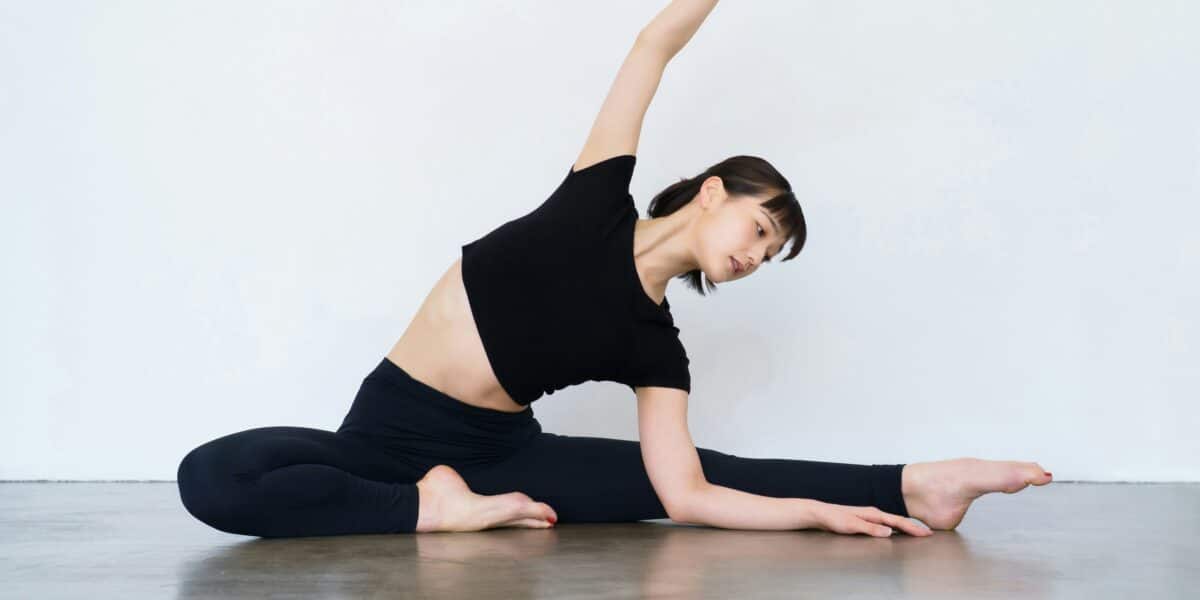How Mushroom Gummies Are Boosting Wellness for Women
![]() Womens Journal Staff 2
on
January 10, 2025
Womens Journal Staff 2
on
January 10, 2025
Mushroom gummies are quickly becoming a popular wellness supplement, especially among women who are looking for natural ways to support their health. These tasty and convenient gummies are infused with various medicinal mushrooms, known for their potential benefits in areas like immune support, mental clarity, and overall well-being. As more women explore these supplements, mushroom gummies are gaining attention as a simple and effective way to incorporate the benefits of mushrooms into daily life.
What Are Mushroom Gummies and Why Are They Trending?
Mushroom gummies are a type of dietary supplement that combines the health benefits of medicinal mushrooms with the convenience and ease of a gummy form. Unlike traditional capsules or powders, these gummies are designed to be taken just like any other gummy vitamin, making them a convenient option for those who are busy or prefer not to swallow pills. The appeal of mushroom gummies lies in their simplicity and taste, which makes it easier to incorporate them into a daily wellness routine.
The trend of mushroom gummies has been growing, particularly among women who are seeking natural ways to enhance their health. Medicinal mushrooms like reishi, lion’s mane, and Chaga have long been used in traditional medicine for their potential health benefits. These mushrooms are believed to support the immune system, improve mental clarity, and promote overall well-being. As awareness of these benefits spreads, more women are turning to mushroom gummies as an accessible way to experience the power of these natural ingredients.
Another reason for mushroom gummies’ popularity is their convenience. For many, the idea of adding yet another supplement to their daily routine can be daunting, especially if it involves mixing powders or taking multiple pills. Mushroom gummies simplify this process, offering a quick and enjoyable way to get the benefits of medicinal mushrooms without the hassle. This ease of use has made them a go-to option for women who want to prioritize their health without complicating their daily routine.
How Do Mushroom Gummies Support Immune Health and Mental Clarity?
Mushroom gummies are often promoted for their potential to support immune health and mental clarity, two areas that are important for overall well-being. The medicinal mushrooms used in these gummies are known for their adaptogenic properties, meaning they help the body adapt to stress and maintain balance. This can be particularly beneficial for the immune system, which is often compromised by chronic stress and other lifestyle factors.
One of the key mushrooms found in many gummies is reishi, which is celebrated for its immune-boosting properties. Reishi has been used in traditional medicine for centuries to support the body’s natural defenses. By incorporating reishi into a daily routine, women may find that their immune system is better equipped to handle the challenges of everyday life, from seasonal changes to increased stress levels.
Another popular mushroom in these gummies is the lion’s mane, which is known for its potential to enhance cognitive function. Lion’s mane is believed to support mental clarity and focus by promoting the growth of nerve cells and improving communication between them. This can be especially helpful for women who are juggling multiple responsibilities and need to stay sharp throughout the day. By including lion’s mane in their supplement routine, many women report feeling more focused and mentally clear.
Chaga, another mushroom often found in these gummies, is rich in antioxidants and has been linked to overall well-being. Antioxidants help protect the body from damage caused by free radicals, which can contribute to aging and various health issues. By supporting the body’s natural defenses, Chaga may help women feel more energized and resilient, even in the face of everyday stressors.
Why Are Women Turning to Mushroom Gummies for Overall Well-Being?
Women are increasingly exploring mushroom gummies as a way to support their overall well-being because these supplements offer a holistic approach to health. Rather than targeting just one aspect of wellness, mushroom gummies provide a range of benefits that can help women feel their best both physically and mentally. Combining immune support, cognitive enhancement, and antioxidant protection makes these gummies a versatile addition to any wellness routine.
The natural and plant-based nature of mushroom gummies also appeals to many women who are looking for clean, simple ingredients in their supplements. With growing interest in natural health solutions, mushroom gummies fit into the broader trend of choosing products that are free from artificial additives and unnecessary fillers. This aligns with a more mindful approach to health, where women are paying closer attention to what they put into their bodies.
Another factor contributing to the popularity of mushroom gummies is the emphasis on self-care and mental health. In today’s fast-paced world, many women are seeking ways to manage stress and maintain balance in their lives. Mushroom gummies, with their adaptogenic and cognitive-supporting properties, offer a simple way to promote mental clarity and resilience. This focus on mental well-being, combined with the physical benefits, makes mushroom gummies an appealing option for those who want to support their health in a holistic way.
Finally, the taste and convenience of mushroom gummies cannot be overlooked. Unlike some supplements that can be difficult to take consistently, mushroom gummies are enjoyable and easy to incorporate into a daily routine. This makes it more likely that women will stick with their supplement regimen, leading to better long-term results. The fact that these gummies are both effective and enjoyable is a big part of why they are becoming a staple in wellness routines.
Mushroom gummies are emerging as a popular wellness supplement among women, offering a convenient and enjoyable way to support immune health, mental clarity, and overall well-being. With the benefits of medicinal mushrooms like reishi, lion’s mane, and chaga packed into a tasty gummy form, these supplements are easy to incorporate into daily life. As more women discover the holistic benefits of mushroom gummies, they are becoming an increasingly popular choice for those looking to enhance their health naturally. Whether you’re new to supplements or looking to try something different, mushroom gummies offer a simple and effective way to support your wellness journey.










